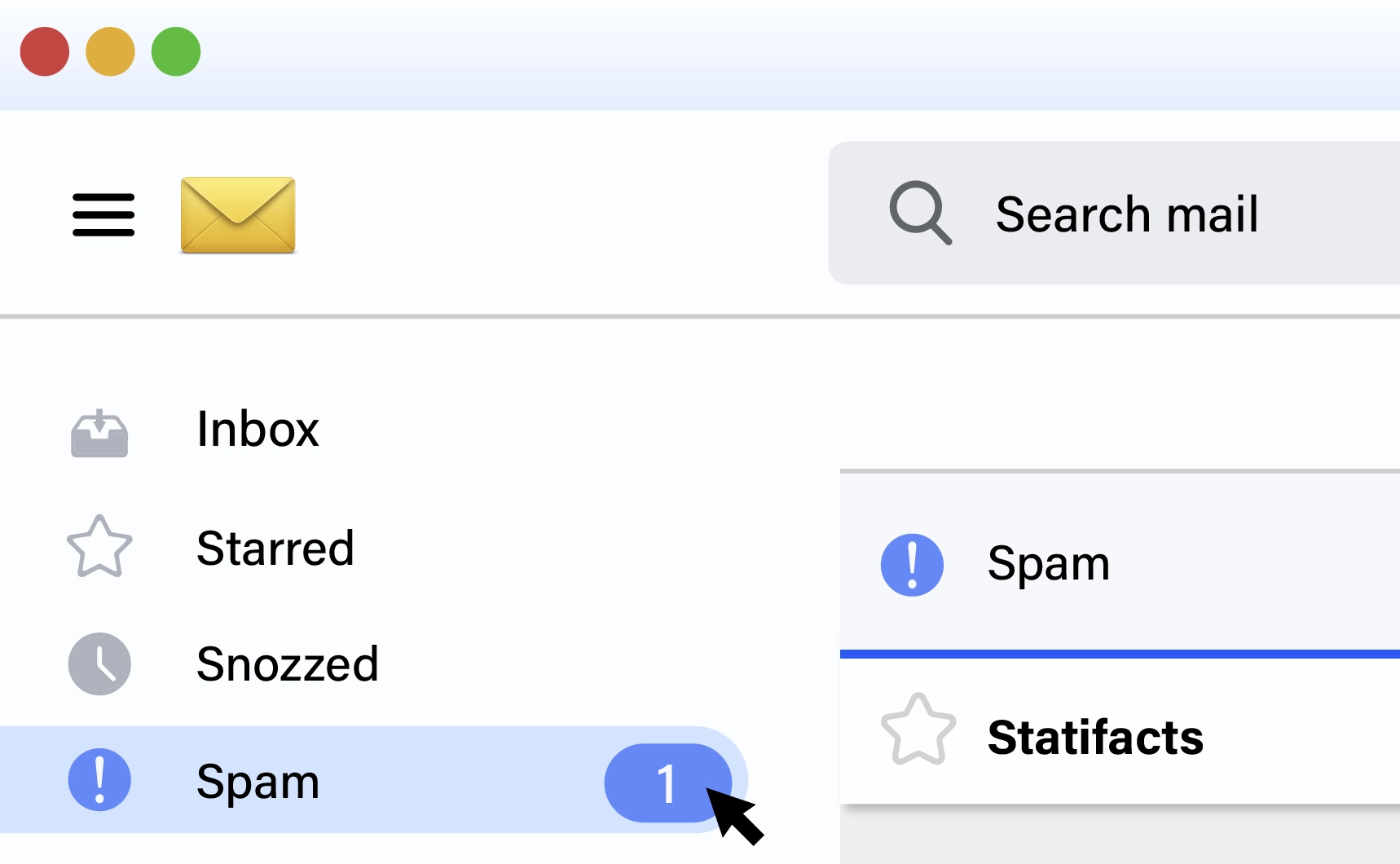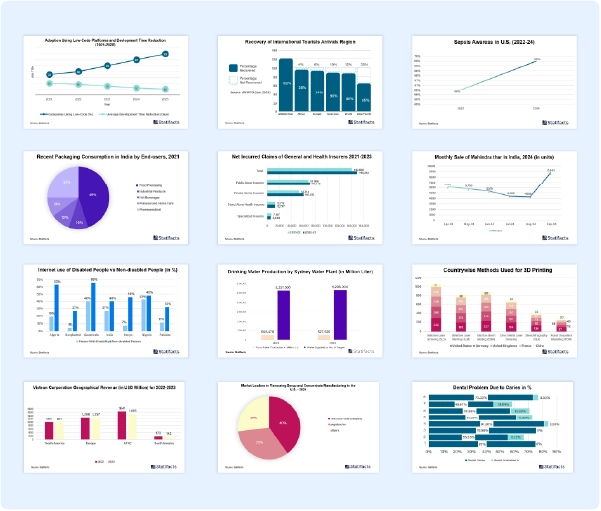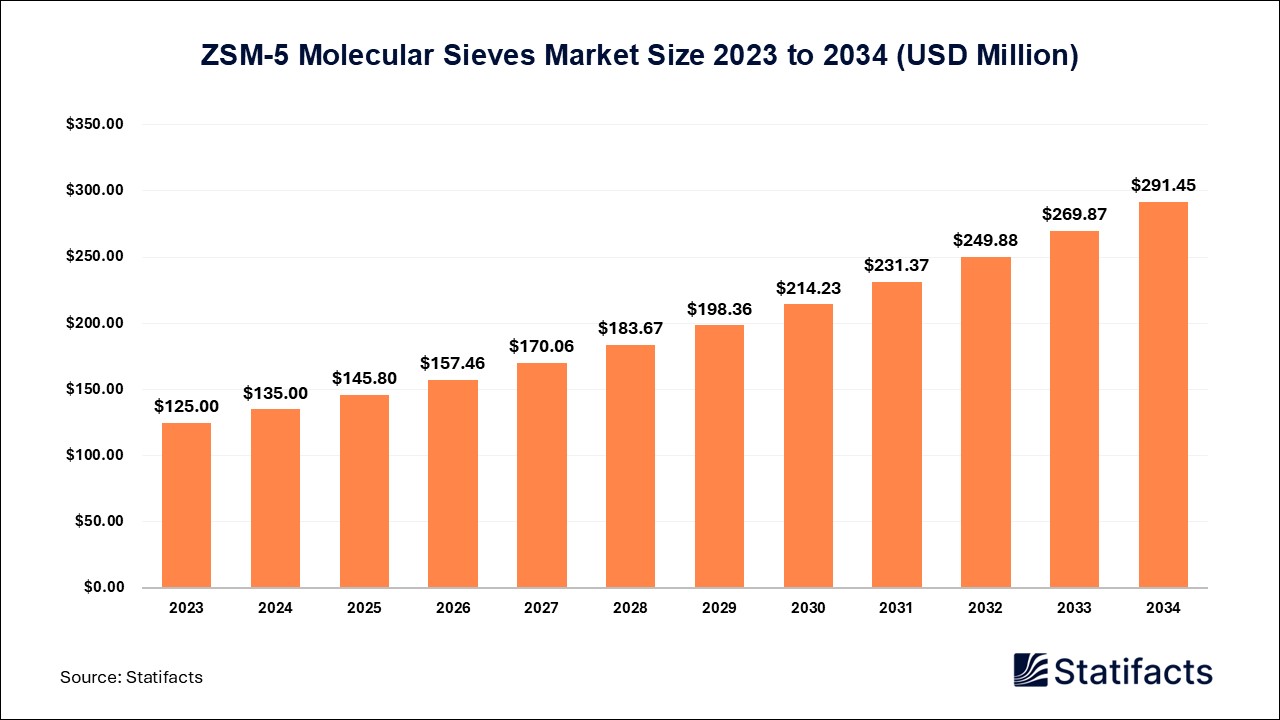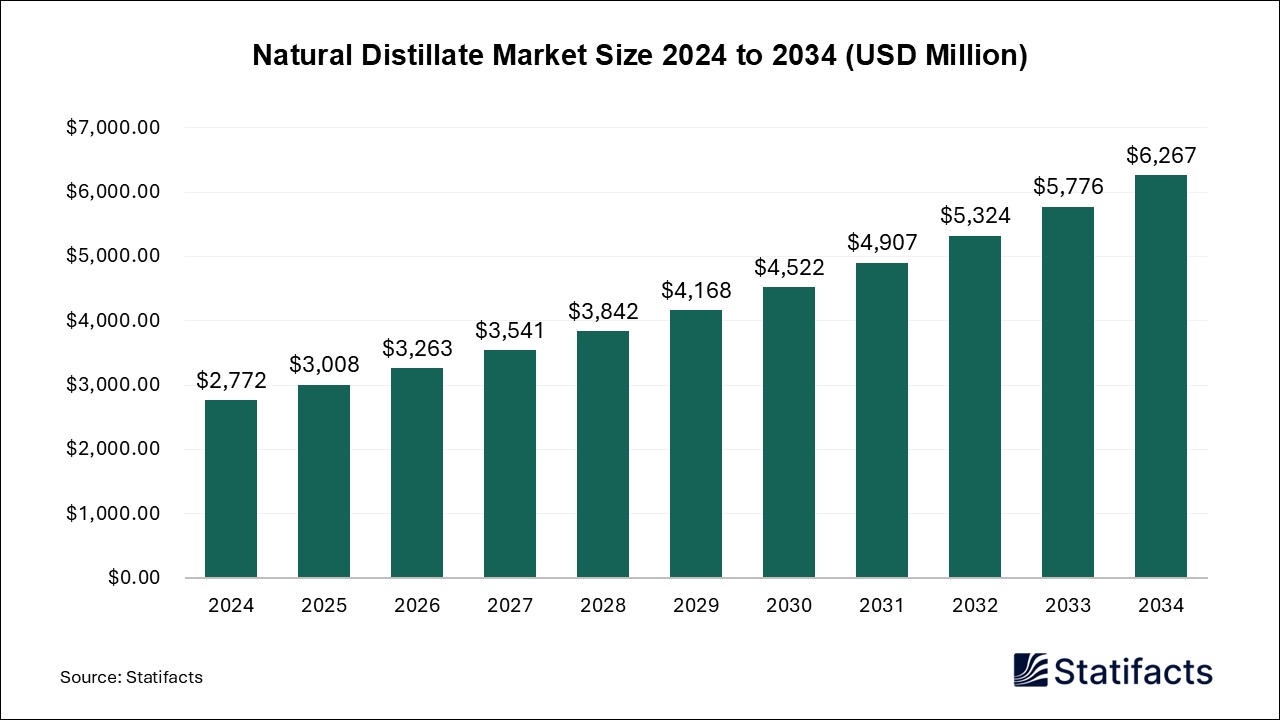

Our customers work more efficiently and benefit from
The U.S. immunoassay market size accounted for USD 10,630 million in 2024 and is predicted to touch around USD 14,150 million by 2034, growing at a CAGR of 2.9% from 2025 to 2034.
The U.S. immunoassay market refers to the production, distribution, and application of the immunoassay as a test that uses the binding of antibodies to antigens to identify and measure specific substances. Immunoassay may be used to diagnose disease. Immunoassays are biomedical test systems that use antibodies to determine the concentrations of proteins or small molecules. Immunoassays are based on the ability of antibodies to recognize their target by binding to specific epitopes in complex biological solutions. Immunoassay is a detection technology that measures the presence or concentration of an analyte in a biological liquid, generally urine or blood. Immunoassays detect and qualify analytes within a biological sample based on specific antigen-antibody reactions. They can detect proteins, lipids, nucleic acids, or small molecule targets as long as known antibodies bind specifically to that target. This test detects disease and works on the principle of antigen-antibody reaction. It aims at measuring the presence and concentration of an analyte. Healthcare professionals and researchers use immunoassay testing to detect different kinds of antibodies.
Rising awareness and screening programs are driving the growth of the U.S. immunoassay market. The purpose of screening is to identify people in a healthy population at higher risk of a health condition or a health problem so that an early treatment or intervention can be offered. This, in turn, may lead to better health outcomes for some of the screened individuals. Screening identifies healthy people with an increased chance of a disease or condition. The screening provider then offers information, further tests, and treatment. This is to reduce associated problems or complications. The goal is early detection and lifestyle changes or surveillance to reduce the risk of disease or to detect it early enough to treat it most effectively and to sort people into those who need medical follow-up and those who do not. It also provides information about a child’s development and informs decision-making.
Growing demand for point-of-care testing is driving the growth of the U.S. immunoassay market. The key benefits of point-of-care testing include cost efficiency, improved accessibility, and enhanced patient experience, as patients are increasingly expecting faster and more convenient healthcare services, rapid results, and timely interventions. The rapid availability of results reduces the time to make decisions, thereby allowing more rapid triage, treatment, or discharge. Additionally, point-of-care testing can guide whether a patient needs admission to the hospital, as suggested for patients with chest pain. Point-of-care testing (POCT) technology has gained worldwide recognition in the recent decade because of its increased convenience provision capability as well as the ability of technology to detect many diseases and conditions rapidly and accurately.
Advancements in immunoassay technologies are driving the growth of the U.S. immunoassay market. Important advances have been made in the design of immunochemical approaches that permit the replacement of competitive format assays for small molecules like drugs, metabolites, and pollutants, with non-competitive formats bringing benefits previously seen only with large molecular analytes. Recent advances in immunoassay technologies for detecting human coronavirus infections include methods like ELISA, WB, IFA, ICT, and immunosensors. The advantages include high throughput; it can be automated, semiquantitative, or quantitative. Multiple target detection in one test, quantitative determination, high sensitivity & specificity, no requirement for laboratory and technician, rapid and easy operation, low LOD, rapid and easy operation, and portable.
According to Volza, gas analyzer imports in the United States,
Key indicators of gas analyzer imports in the United States: the United States imported 200 shipments of gas analyzers from March 2023 to February 2024 (TTM). These imports were supplied by 83 foreign exporters to 79 United States buyers, marking a growth rate of 34% compared to the preceding twelve months.
Published by Laxmi Narayan
By Product
By Technology
By Specimen
By Application
By End-User
For any questions about this dataset or to discuss customization options, please write to us at sales@statifacts.com
| Stats ID: | 7946 |
| Format: | Databook |
| Published: | February 2025 |
| Delivery: | Immediate |
| Price | US$ 1550 |

| Stats ID: | 7946 |
| Format: | Databook |
| Published: | February 2025 |
| Delivery: | Immediate |
| Price | US$ 1550 |

You will receive an email from our Business Development Manager. Please be sure to check your SPAM/JUNK folder too.

Unlock unlimited access to all exclusive market research reports, empowering your business.
Get industry insights at the most affordable plan
Stay ahead of the competition with comprehensive, actionable intelligence at your fingertips!
Learn More Download
Download

